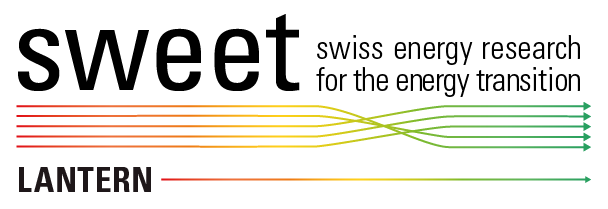Module 1.2

Governance Models
Module overview
Content of the Module:
- What is a Governance Model?
- Why have a Governance Model?
- Types and examples of Governance Models
- How to develop a Living Lab Governance Model?
CC BY-NC: This license allows reusers to distribute, remix, adapt, and build upon the material in any medium or format for noncommercial purposes only, and only so long as attribution is given to the creator.
More content
Papers :
Mease, L., A. & al. (2018). Engagement takes a (fishing) village to manage a resource: Principles and practice of effective stakeholder engagement.
Ståhlbröst, A. (2015). Stakeholders in Smart City Living Lab Processes
Van de Vena, F., et al (2016). Adaptation Planning Support Toolbox: Measurable performance information based tools for co-creation of resilient, ecosystem-based urban plans with urban designers, decision-makers and stakeholde
Guides:
- 2iSECAP Project (2019). The Living Lab guide for Cities fighting against Air Pollution
- Cavalini, S. et al (2016). Using the Quadruple Helix Approach to Accelerate the Transfer of Research and Innovation Results to Regional Growth
Next modules
Evaluation & feedback
All feedback and comments on the Capacity Building Platform are welcome and will be taken into account in its improvement.




